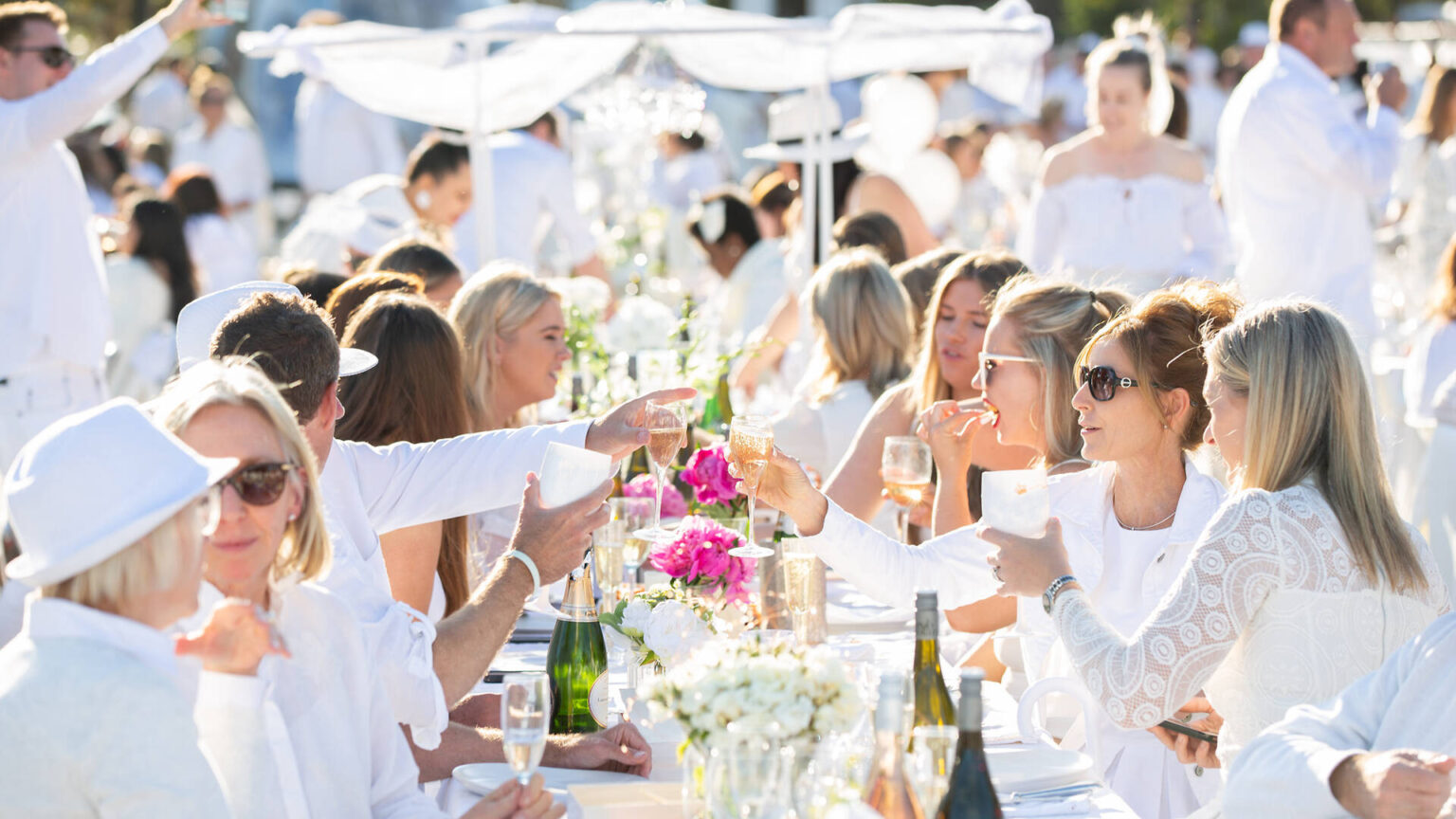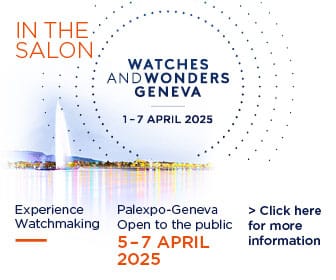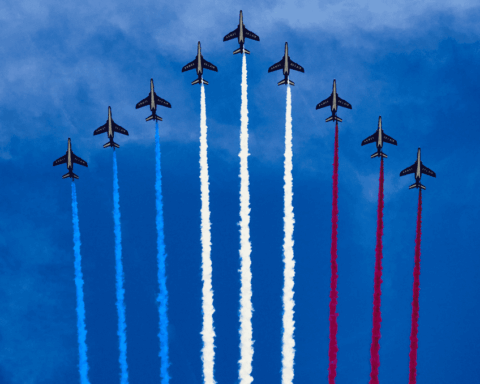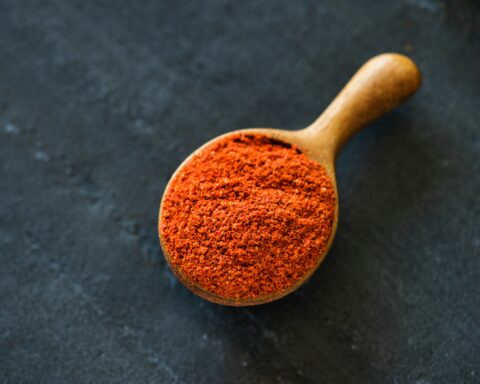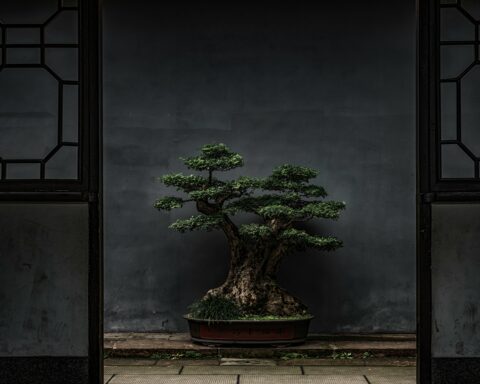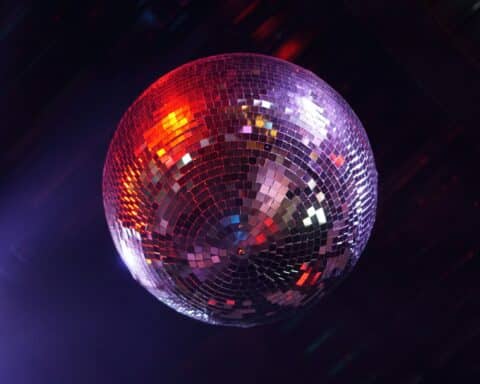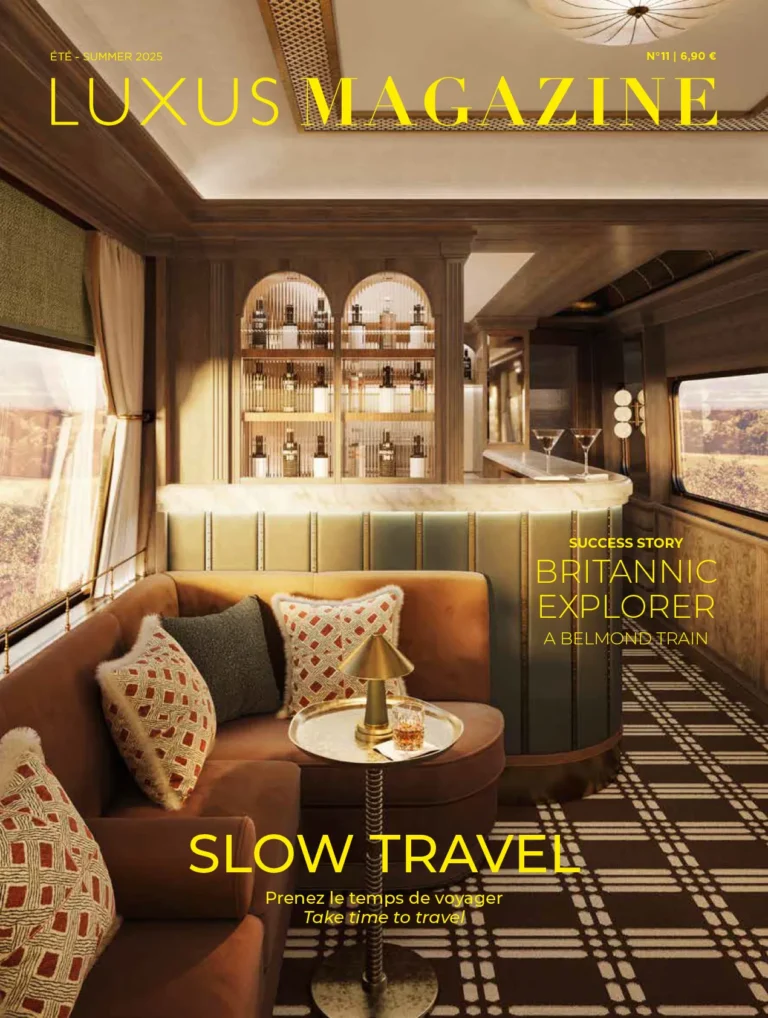While the Greeks, Romans, and Egyptians were not the last to feast in immaculate attire, the more recent phenomenon of white parties originated in the late 1970s on the shores of the Mediterranean, in Saint-Tropez, with a certain Eddie Barclay. Since then, the format devised by the “emperor of the LP” has taken off, with clubbing evenings, picnics, and dinners for individuals and companies alike.
Every year, between mid-June and the end of August, a strange festive ritual awakens: the Soirées Blanches. From Reims to Chantilly, via Paris, Nice, and Monaco, many cities hold their all-white nighttime events. But while nightclubs, gardens, castles, and private beaches all embrace this festive spirit, there is one place where it has a very special flavor.
Its name? Saint Tropez. Brigitte Bardot not only revealed this small fishing port in the Var region, beloved by Impressionist painters such as Paul Signac, Henri Matisse, and Robert Delaunay, to the general public. She also caught the eye of a famous music producer.
A descendant of Auvergnats who moved to Paris, Eddie Barclay, the son of a café waiter, ended his career on a high note, having enjoyed resounding success thanks to the importation from the United States of a revolutionary technology: the microgroove record.
An incorrigible partygoer—eight marriages in 84 years—Eddie Barclay, founder of the Barclay music label, was forced to slow down after being diagnosed with throat cancer and wanted to share his flamboyant success with his many friends. He decided to organize a new kind of party—perfectly Instagrammable before the term even existed—in his sumptuous villa overlooking the Saint Tropez golf course, built in the early 1980s: the concept of the Soirées Blanches was born.
500 guests per year
When the Nuits Blanches arrived, Eddie Barclay had just sold his eponymous record company to Polygram.
One of the most prolific talent scouts in French pop music from the 1950s to the 1970s, he set out to find a refuge on the Saint Tropez peninsula. In the 1980s, he had his residence built on a plot of land he had spotted twenty years earlier, at the end of Pampelonne beach, close to Saint-Tropez. The producer was no stranger to this small village in the Var region, having first rented a villa on the peninsula in the 1950s, first at La Capilla and then at La Forge dans les Parcs.
The Villa du Cap (Camarat), which took twenty-five years to complete, was immediately envisioned as a residence “designed to entertain, like a show or a musical,” as his eighth and last wife, Caroline Barclay, likes to recall.
Built on a single level, the residence was inspired by Provençal farmhouses. In addition to six bedrooms, it featured a helipad and around a hundred speakers scattered throughout the property. The villa soon became the setting for lavish parties orchestrated by Eddie Barclay, who was more flamboyant than ever.
The first “white party” was inaugurated on August 15, 1982, a nod to the signature style of the master of the house. The guests’ dress code, the decor, the table settings… everything lent itself to this immaculate concept for one evening.
The party animal and incorrigible reveler invited nearly 500 guests every August 15 to celebrate Saint Jean in his own way.
The anonymous guests mingled with his loyal and famous friends and protégés such as Rhoda Scott, Garry Cowl, Johnny Hallyday, Charles Aznavour, Henri Salvador, Roman Polanski, César, Michèle Morgan, and Philippe Lavil. Long before Philippe Bouvard and Thierry Ardisson, it was he who had the brilliant idea of bringing together artists, businesspeople, politicians, doctors, and athletes for the same evening.
But the prestigious guest list would be nothing without Eddie Barclay’s sense of spectacle. The buffets were served on individual plates by a dozen Michelin-starred chefs, the 17-piece Count Basie Orchestra played on the terrace, and the Gypsy Kings welcomed guests at the entrance. Add to that Brazilian dancers and a high-quality sound and light show directed by Jacques Rouveyrollis, all topped off with fireworks. Needless to say, this was a rarity for a private party at the time.
And when the master of the house wasn’t hosting his annual party, he would start by wandering around the Café des Arts, Chabichou, Pizza Romana, and Bistrot des Lices, before heading to the Caves du Roy, which housed the Barclay’s Club, a private space where his die-hard pétanque and billiards friends would gather.
All this nighttime frenzy can be found in “Que la fête continue” (Let the Party Continue) (Cogite, Robert Lafont, 1988), the autobiography of the jet-setter in white, or in an exceptional photo exhibition at Place Blanqui, Square de Lattre de Tassigny, Place Celli in Saint-Tropez, which runs until October 12, 2025.
A global phenomenon
When Eddie Barclay passed away on May 13, 2005, he was ruined and his island-shaped swimming pool felt very lonely. Jean Roch, DJ and owner of the VIP Room club, had the honor of mixing at the last four official Nuits Blanches. The concept is being kept alive, as best it can, at the Before in Monaco, under the aegis of Guillaume, the photographer son of the late Barclay. For his part, chef Christophe Leroy is continuing the legacy of his deceased mentor by organizing a grand Soirée Blanche every summer at Les Moulins de Ramatuelle restaurant to kick off the Saint-Tropez season.
Meanwhile, Soirées Blanches are becoming more mainstream: clubs, private beaches, and festivals are quick to capitalize on the concept created by Eddie Barclay to give themselves a more chic and elegant image and attract aspiring Beautiful People. Especially since white, the color of purity, also helps to erase social hierarchies. Attending these parties is first and foremost about being seen and showing that you’re part of the crowd.
The Soirée Blanche even left its original festive sphere to open up to other event formats such as after-work parties, team-building seminars, and cocktail dinners. On June 14, the Domaine Les Crayères in Reims organized its 13th Soirée Blanche. The program included 4,000 bottles of champagne sabered, a live concert (Rosace, LEJ, and Circus Music) followed by a DJ set. On the same day, the Château de Chantilly hosted its sixth Pique-Nique en Blanc. It is also worth noting that the concept is a big hit at Château Bel-Air in Sainte-Croix du Mont, in southwestern France.
The concept offers at least two major advantages. First, its flexibility: a white evening can take place on an urban rooftop or at a village festival. It is also a format that is perfectly suited to the age of social media, with the omnipresence of white making the event both photogenic and sleek and bright. What’s more, the white color has the advantage of enhancing and brightening faces.
More than just a dress code, a Soirée Blanche invites you to think about the whole scenography with very cinematic accents.
If the phenomenon shows no signs of aging, it’s because the Soirée Blanche evokes the charming Mediterranean climate, summer relaxation, freshness, and elegance.
In 2018, the Nuits Blanches were featured in a sequence in the film Silvio and the Others by Italian director Paolo Sorrentino.
Since July 4, 2021, the Nuits Blanches have been making headlines again in a flamboyant way on the other side of the Atlantic with the White Party hosted by billionaire Michael Rubin. In his Hamptons villa, purchased for $50 million in 2020, the CEO of Fanatics—one of the world’s leading sports apparel companies—brings together an ever more prestigious lineup of celebrities from the worlds of film, music, influencers, and sports every year on the US national holiday. The 2023 edition welcomed Kim Kardashian, Leonardo DiCaprio, Kylian Mbappé, Jay-Z, Jennifer Lopez, and Ben Affleck.
Read also > New or original: the cocktails we love this summer
Featured photo: © Château Bel Air




